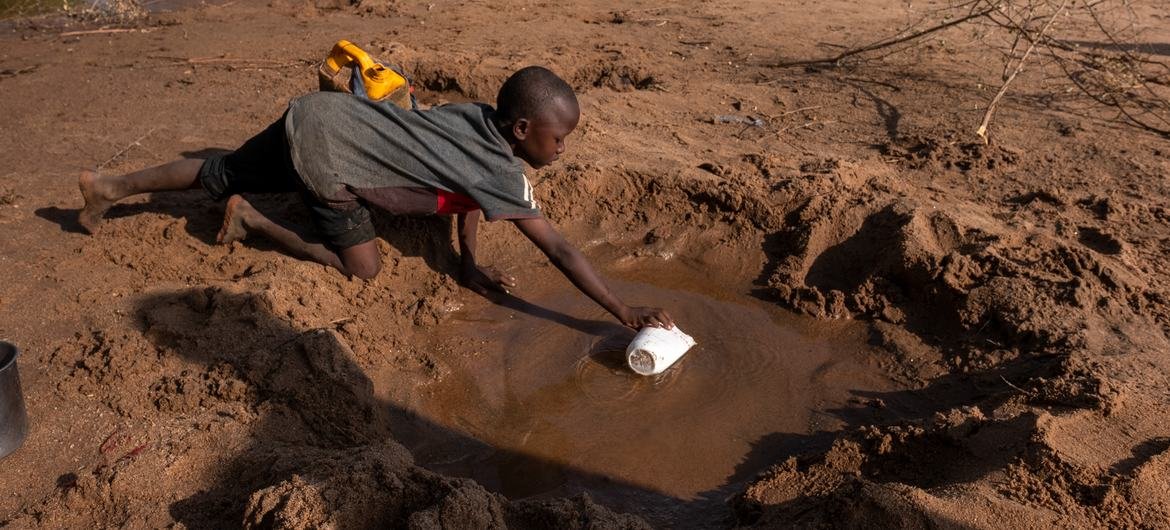Water scarcity is no longer just a seasonal concern in Kenya — it’s a growing national crisis driven by climate change. Rising temperatures, erratic rainfall, and prolonged droughts are directly impacting groundwater recharge, leading to declining water table levels in many regions.
At Aquaflow Logistics Ltd, we see firsthand how these shifts are affecting borehole drilling, water availability, and long-term water planning. Here’s what every institution, farmer, and community leader should know:
📉 1. Declining Rainfall Reduces Groundwater Recharge
In a healthy climate cycle, rainwater infiltrates the soil and replenishes underground aquifers. But with irregular rainfall patterns and intense droughts, this natural recharge process is disrupted. As a result:
-
Water tables are falling in arid and semi-arid counties
-
Wells and boreholes dry up faster
-
Deeper drilling is often required to reach viable water levels
🌡️ 2. Rising Temperatures Increase Evapotranspiration
Higher temperatures accelerate evaporation from the soil and transpiration from plants. This means:
-
Less water remains in the soil for percolation
-
Surface water dries up quickly
-
Aquifers get less recharge over time
This affects agricultural productivity, livestock management, and domestic water supply.
🚱 3. More Frequent and Severe Droughts
Kenya has witnessed increased drought frequency, particularly in the northern, eastern, and coastal regions. Drought not only reduces immediate water availability but also puts long-term pressure on:
💧 4. Increased Dependence on Groundwater
As surface water sources dry up, communities turn to groundwater as their primary water source. However, without sustainable management:
-
Over-abstraction depletes aquifers faster than they can recharge
-
Unregulated boreholes lead to water conflicts and quality issues
-
The water table continues to drop, driving up drilling and pumping costs
🛠️ 5. The Role of Technology in Mitigating Impact
Despite these challenges, innovations in water technology are helping to adapt to climate stress. At Aquaflow Logistics Ltd, we offer:
-
Hydrogeological surveys to assess safe drilling zones
-
Deep borehole drilling solutions
-
Borehole solarization to reduce pumping costs
-
Water storage systems like pressed steel tanks for drought resilience
✅ What Can Be Done?
To combat falling water tables and climate stress, Kenya must embrace:
-
Sustainable water use policies
-
Community-level water management plans
-
Smart irrigation and solar water pumping
-
Rainwater harvesting and aquifer recharge projects
📣 Water is Life — But Only If We Protect It
Climate change is redefining Kenya’s water future. At Aquaflow Logistics Ltd, we are committed to providing sustainable, efficient, and compliant water solutions that help individuals, institutions, and communities adapt and thrive.
👉 [Contact Us for Climate-Smart Water Solutions]
👉 [Explore Our Borehole & Solar Services]
